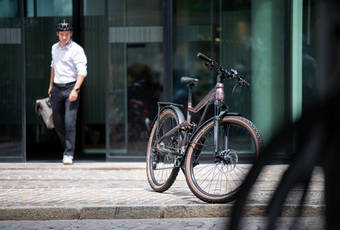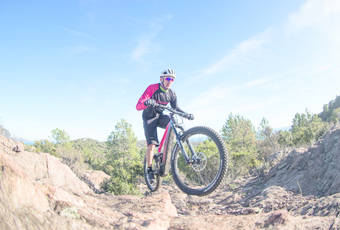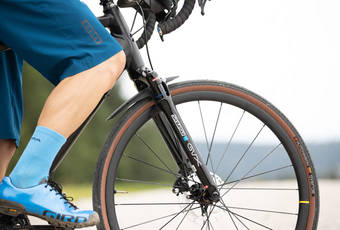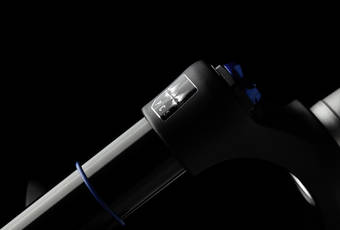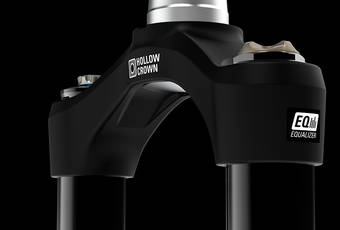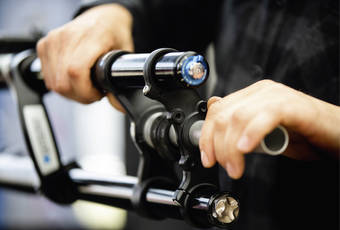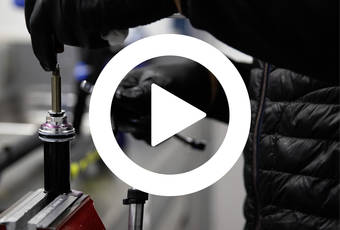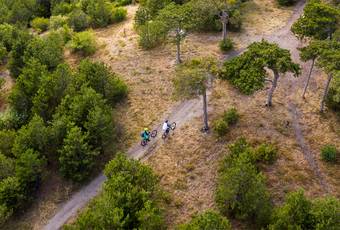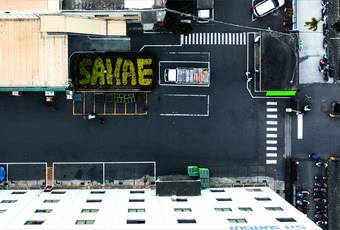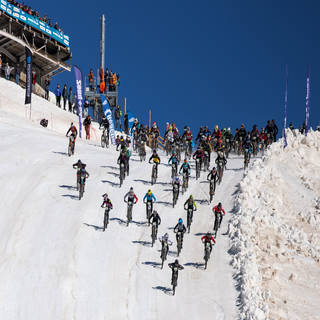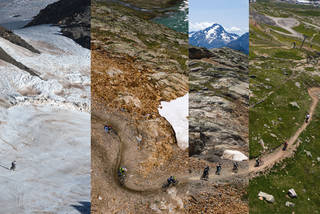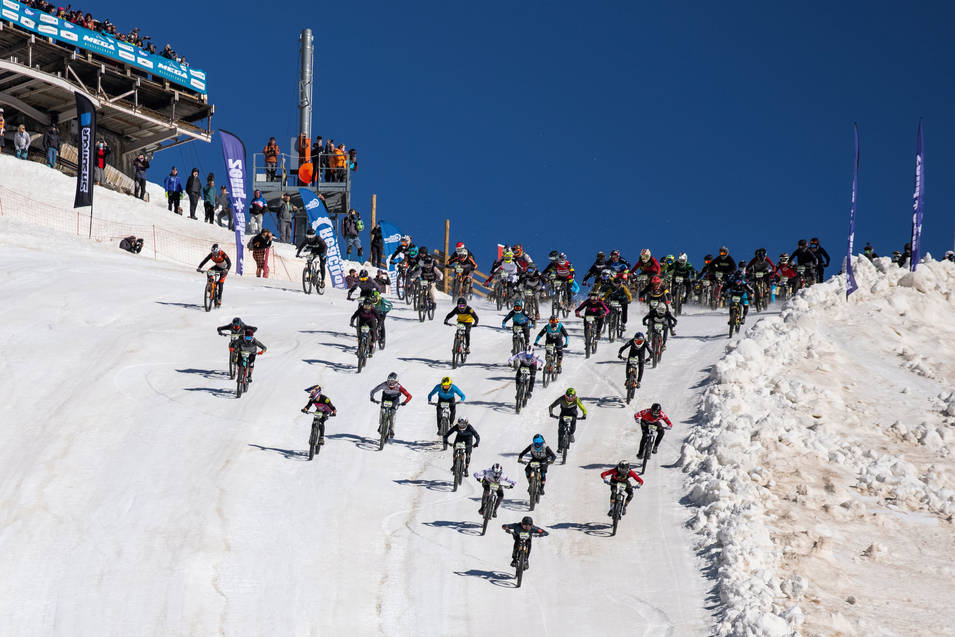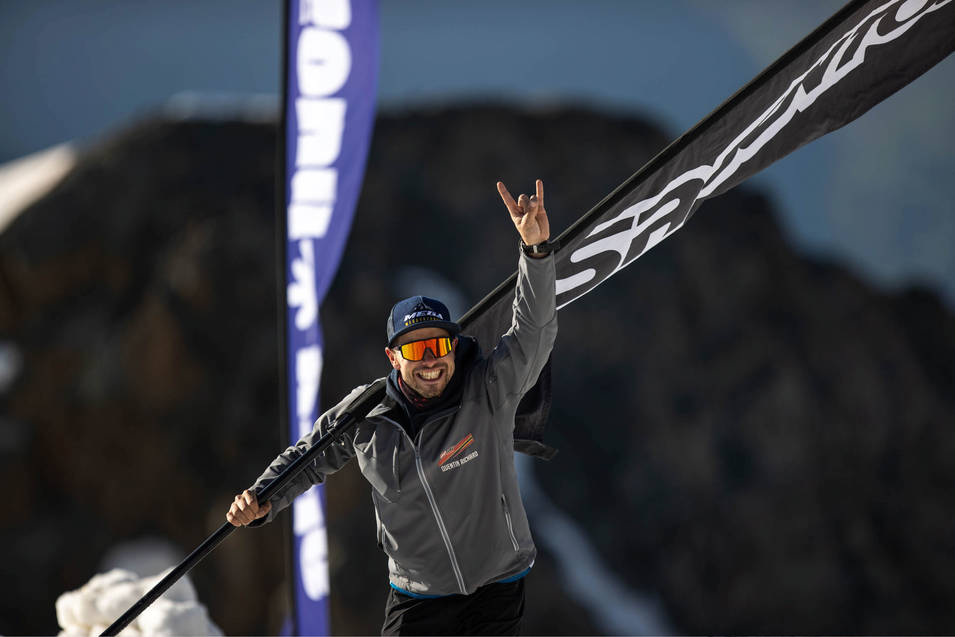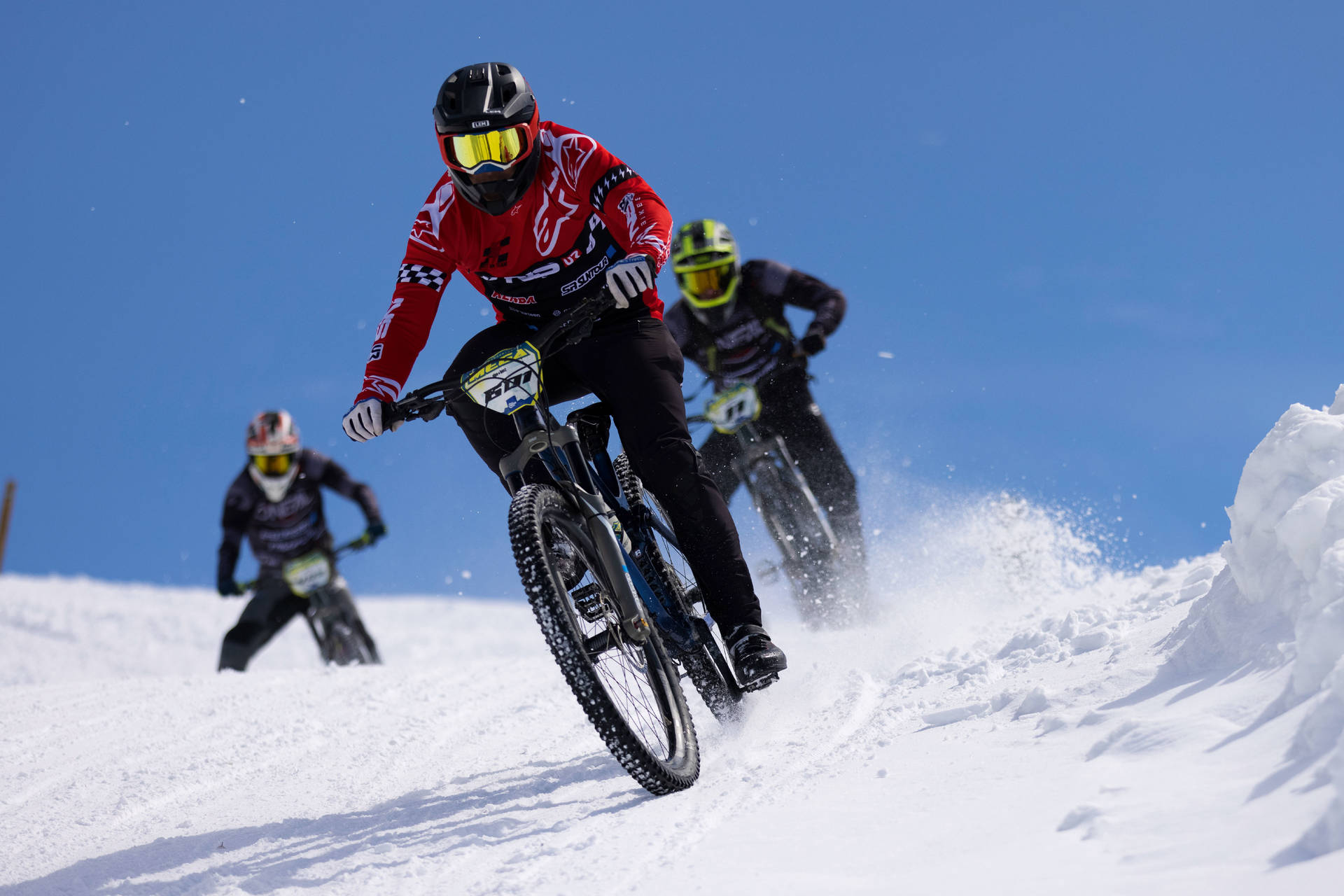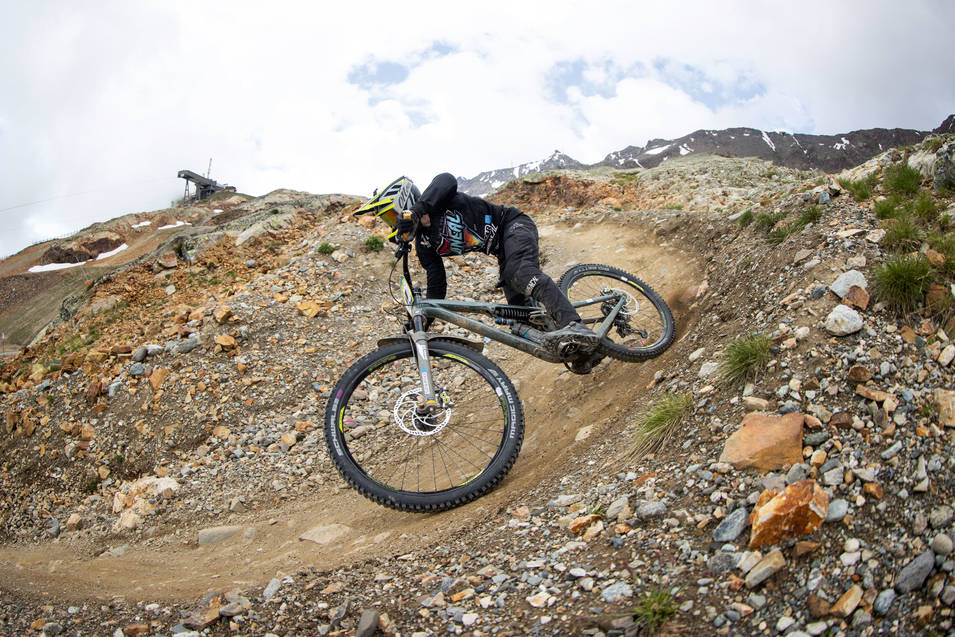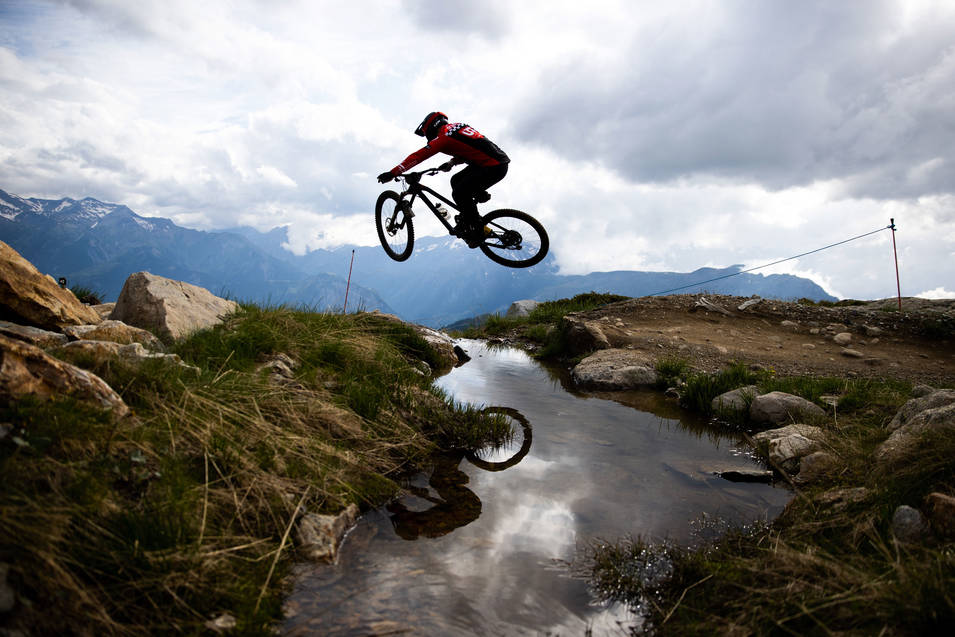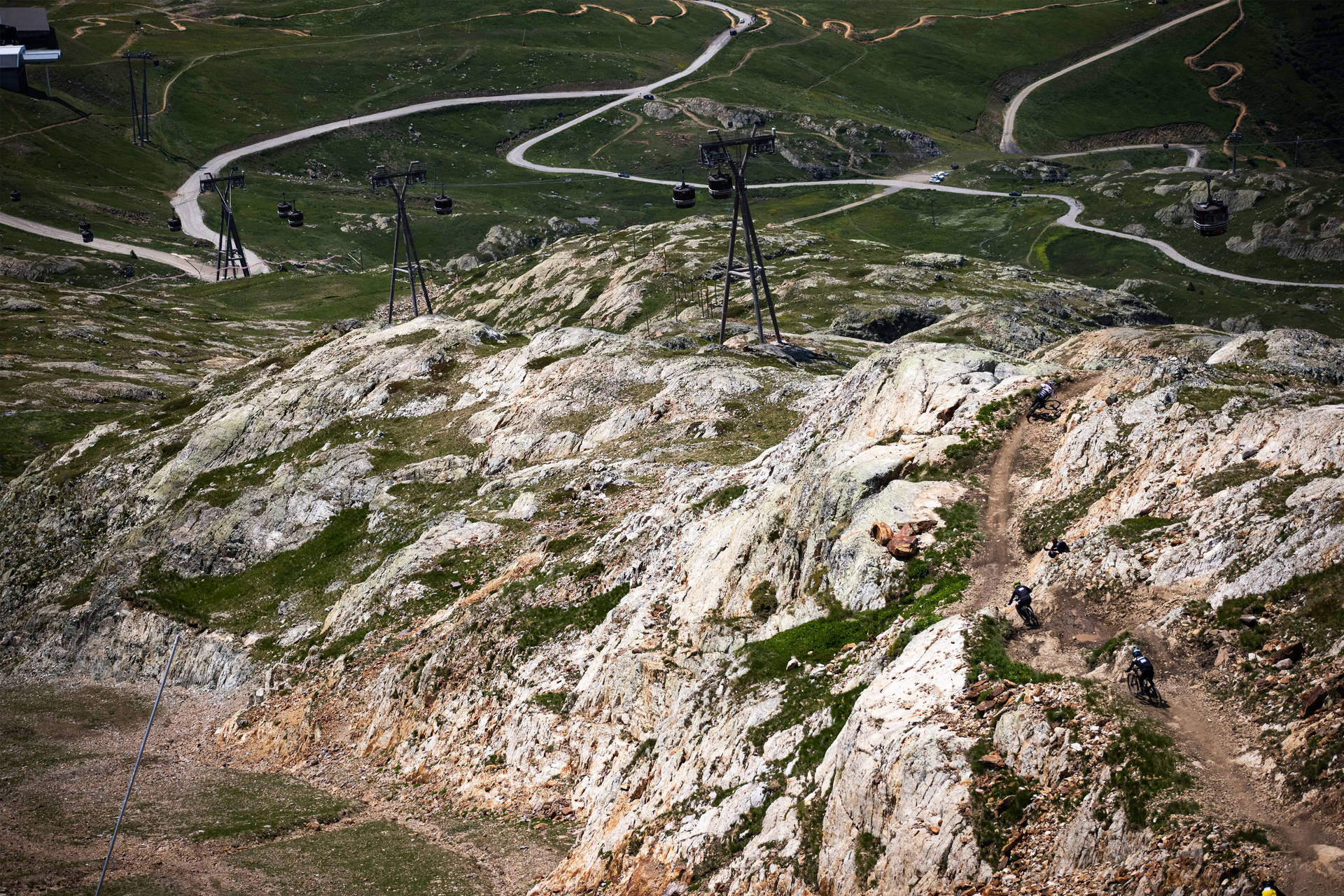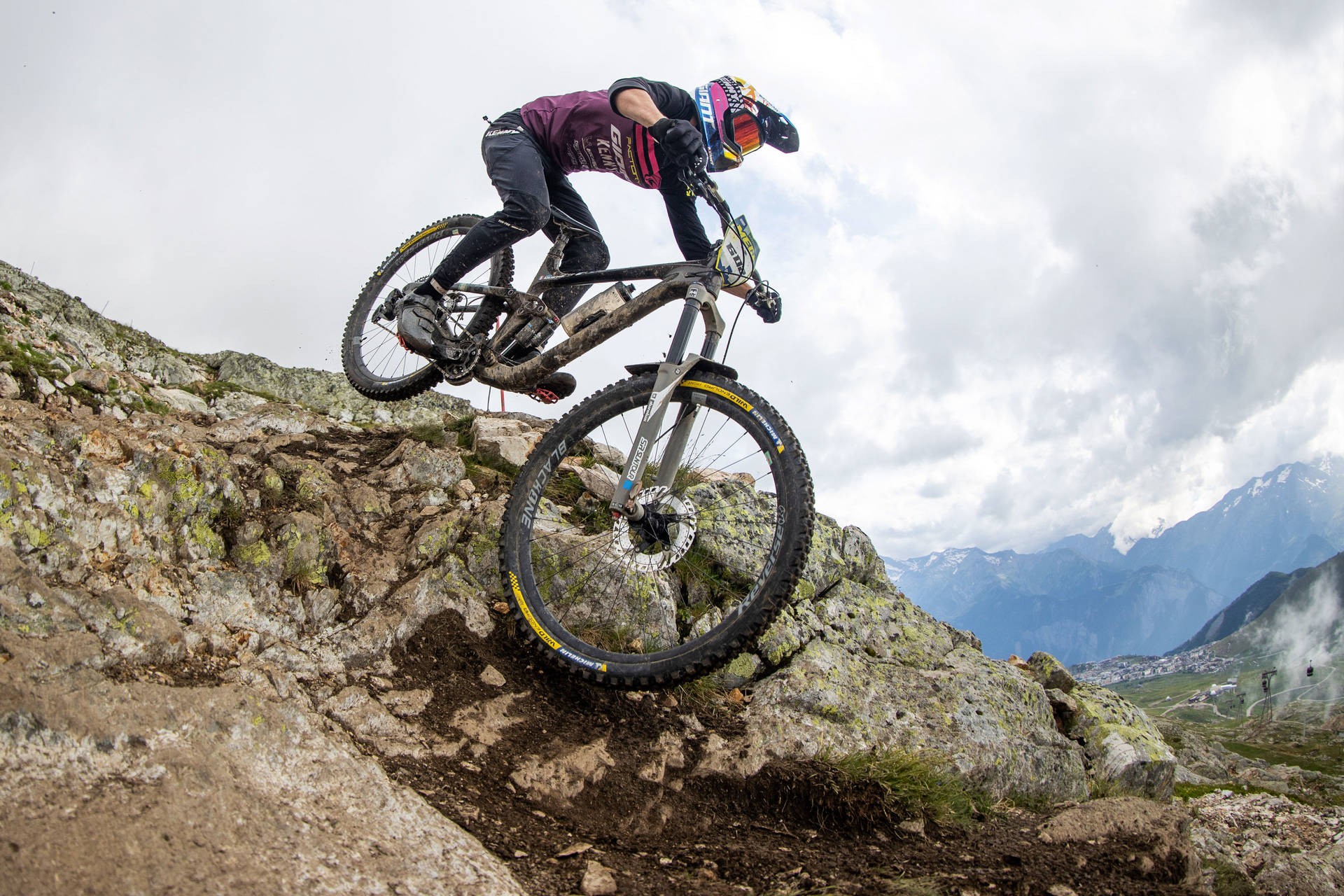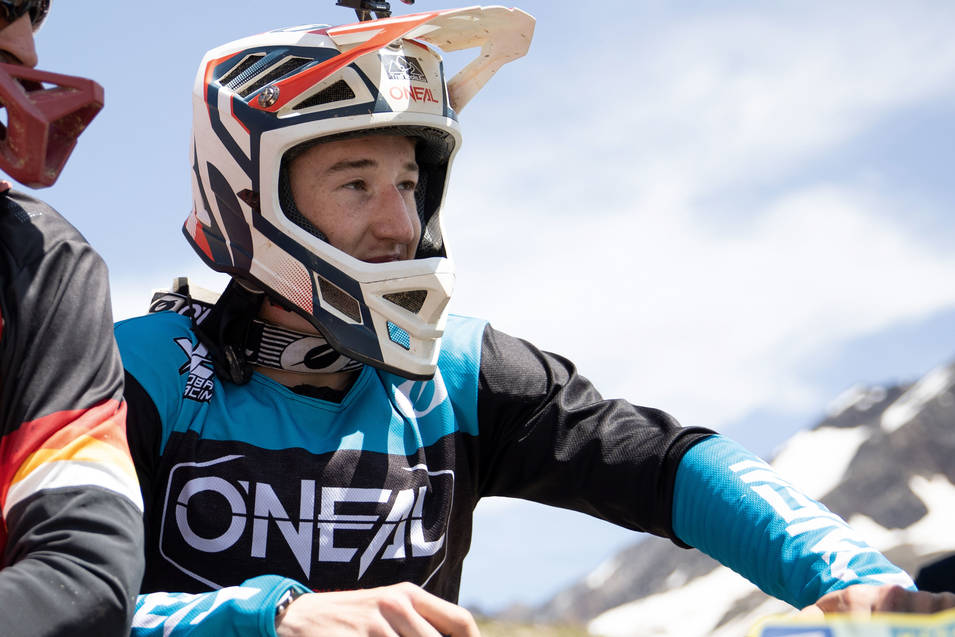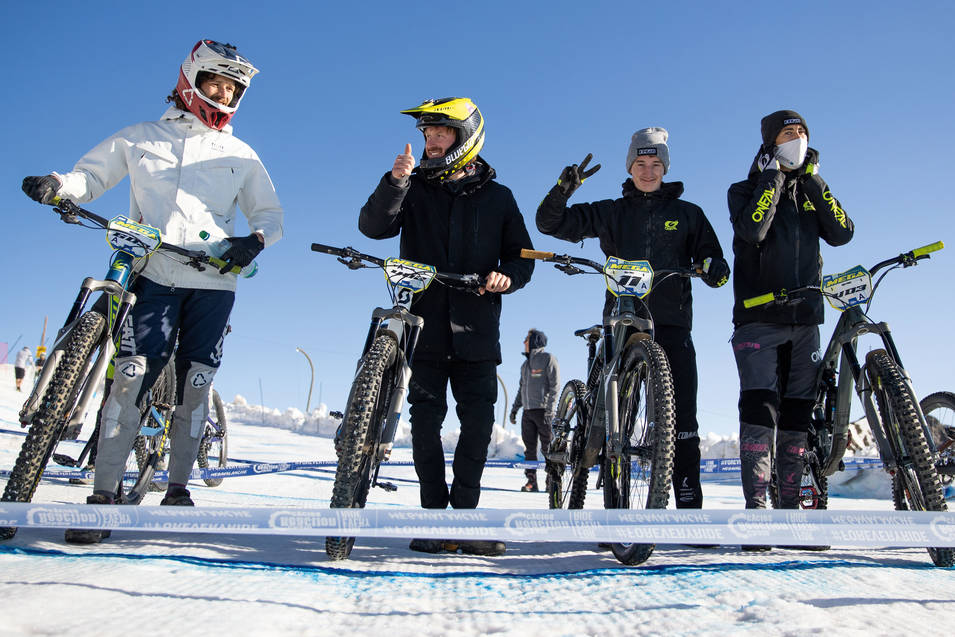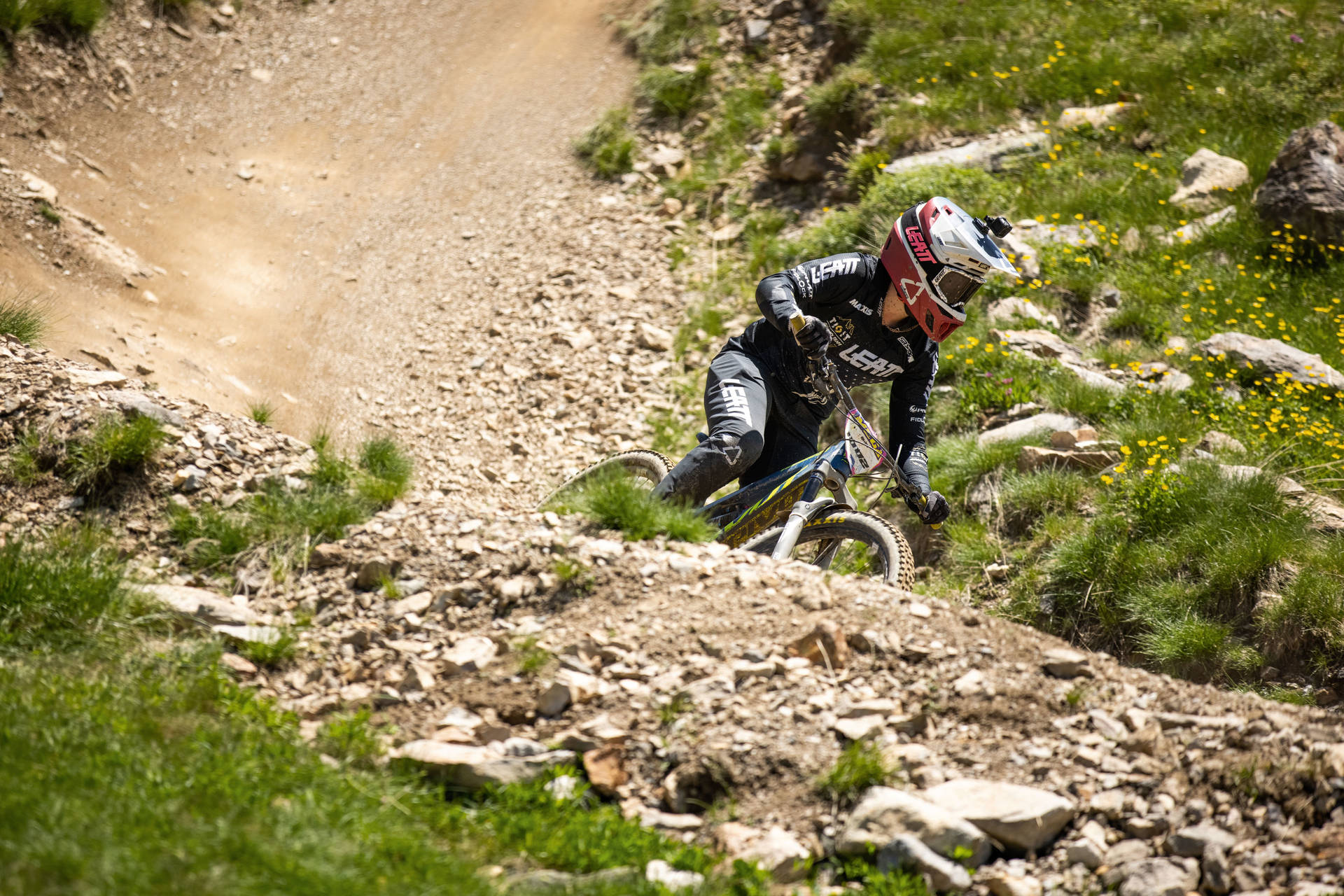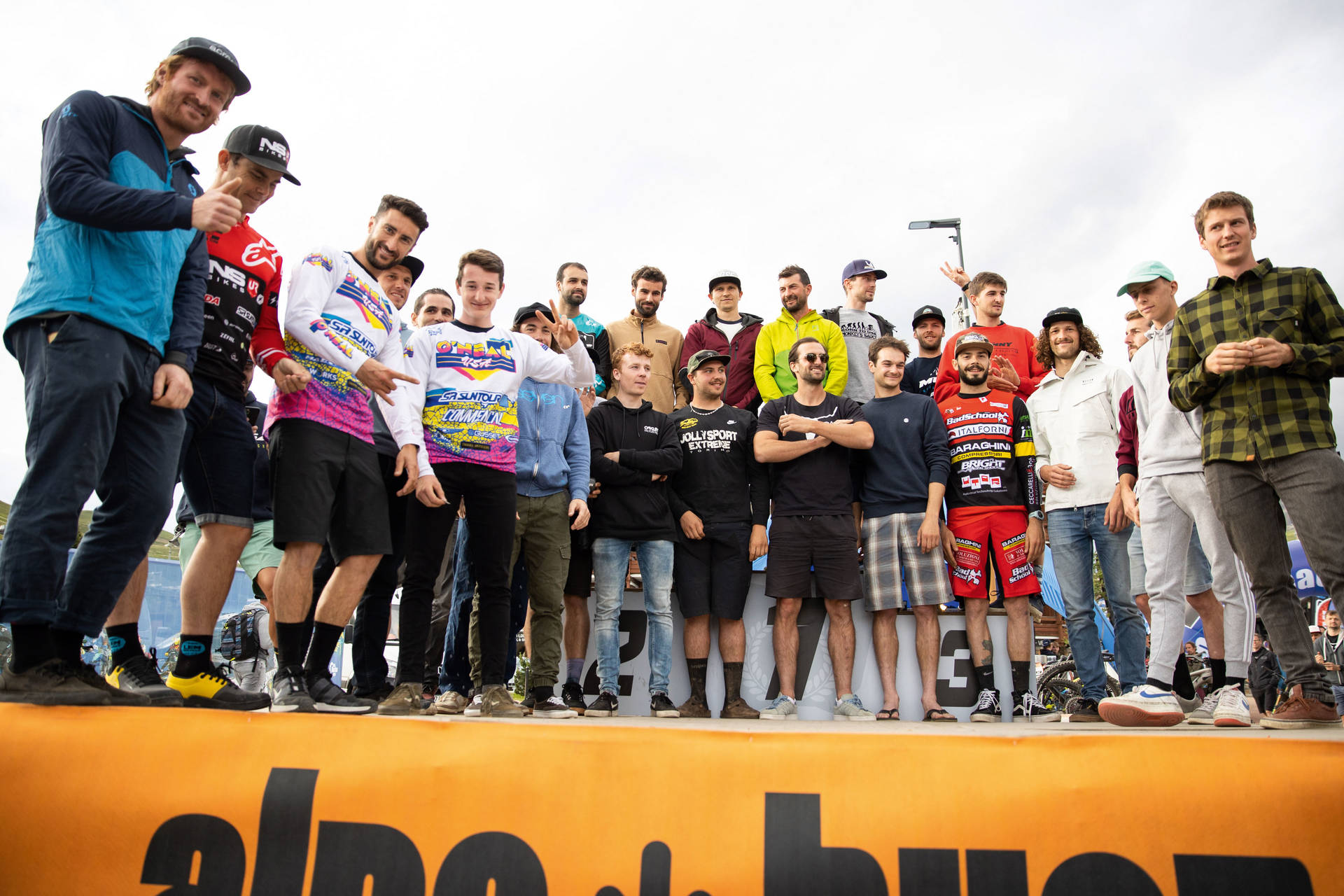A nos clients: nous vous informons que de fausses tiges de selle NCX sont actuellement vendues sur le marché.
Pour plus d’informations, consultez notre annonce sur les produits contrefaits.
-
Produits
-
Technologies
-
RC+ CartridgeRide bold!
-
EQ EQUALIZER™ SYSTEMFor precise & effortless tuning
-
PCS SYSTEMMore traction, control and consistency
-
ATS E-BIKE SYSTEMYour driving force
-
Q-LOC SYSTEMThru axle quick release
-
LIGHTWEIGHT CROWN TECHNOLOGYHollow & Carbon crown
-
QSP QUICK SERVICE PRODUCTRide more, wrench less.
-
- Entretien
- Entreprise
-
Histoires
-
Actus
- Contact
-
Boutique
Vous entrez sur la boutique en ligne de "SR SUNTOUR North America"
Accéder à la boutiqueJe suis conscient que des frais et taxes supplémentaires liés à la livraison et au dédouanement peuvent m'être facturés et que les délais de livraison peuvent être supérieurs à ceux annoncés dans les termes et conditions de la boutique en ligne SR SUNTOUR USA.

